Designer Erin Jean Kaya’s Costumes Move and Sparkle on the Dance Floor
This designer’s costumes move and sparkle on the dance floor
For artist and designer Erin Jean Kaya, creating costumes for dancers is a natural fit. The professional ballroom dancer, competitor, and instructor has been making colorful dancewear in many styles for dancers since she studied at the School of Fashion Design in Boston. She also owns and operates Aurora Ballroom Dance Studio in Salisbury, Massachusetts.
Her dancewear clients hail from around the globe. Much of her costume design business comes from interacting with dancers at competitions. She says there’s lots of satisfaction in working one-on-one with customers. “I love surprising them with the finished product, as they see their costume go from a sketch to reality.”
Erin talks with Threads about her process of creating dance costumes that fit properly and are comfortable to wear. Then she shares a technique for adding a stretch band to stretch fabric. Find her on Instagram @ErinJeanCouture or on Facebook.
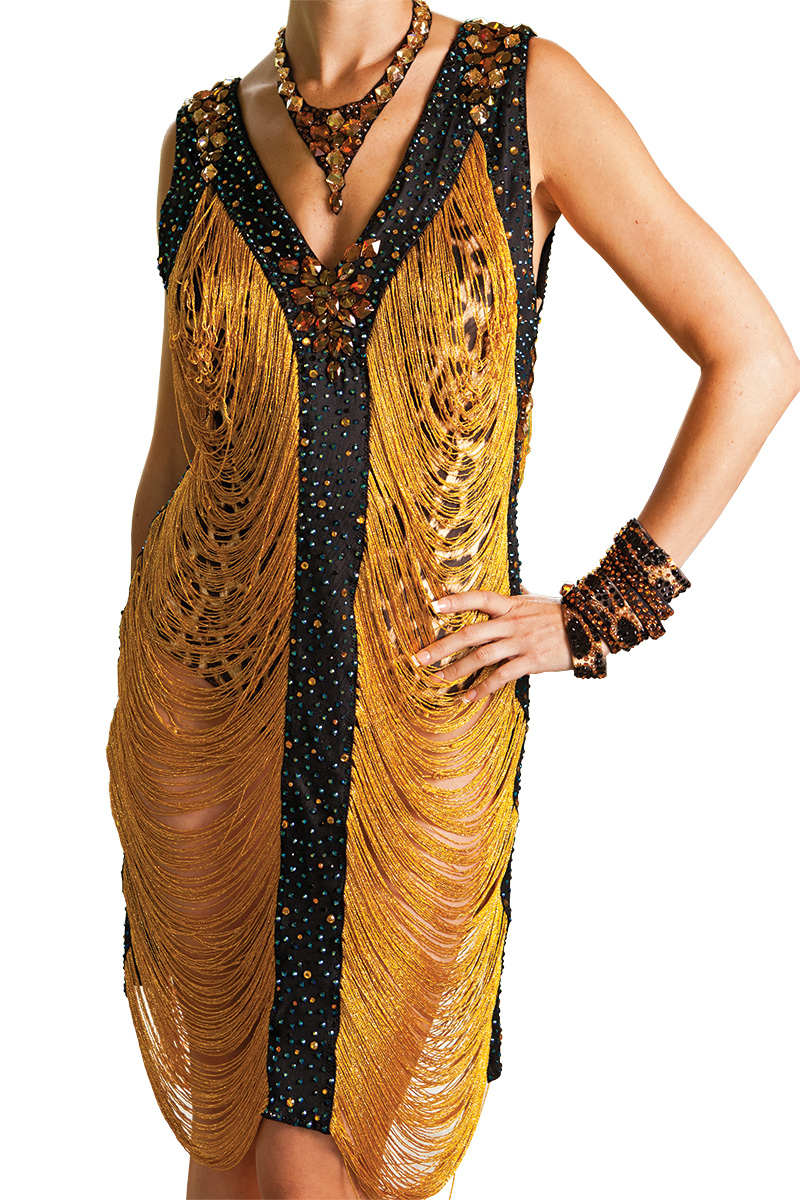
Threads: How did you start designing costumes for dancers?
Erin Kaya: I had been a dancer from age 3, and I was already hooked on ballroom dancing for years before entering design school. The second year into being a design student, I literally woke up one morning with an epiphany that I was going to make ballroom dance costumes. It felt like a calling. It became my immediate focus.
TH: What is the toughest part of designing the costumes?
EK: Definitely the most challenging aspect of designing ballroom dance costumes or any performance wear is being able to translate the original design into the stretch materials you want to use and have it be functional and comfortable with a professional fit.
TH: What is your design process like?
EK: People often ask where my inspiration comes from and the answer is, “everywhere!” It can be a piece of fabric, a color, nature, a clothing item someone wore, a dream I had, etc. The next step is creating a clear fashion sketch and then brainstorming the types of materials to be used and purchasing them… During this phase, I produce a muslin pattern from scratch via the French draping method in the size I prefer or a custom size. I remove the pattern [from the dress form] and [true] the lines and make all markings necessary to make an accurate pattern. I then carefully map out the cutting process… as the materials I use are high quality. There is quite a bit of planning and strategizing involved prior to assembly.
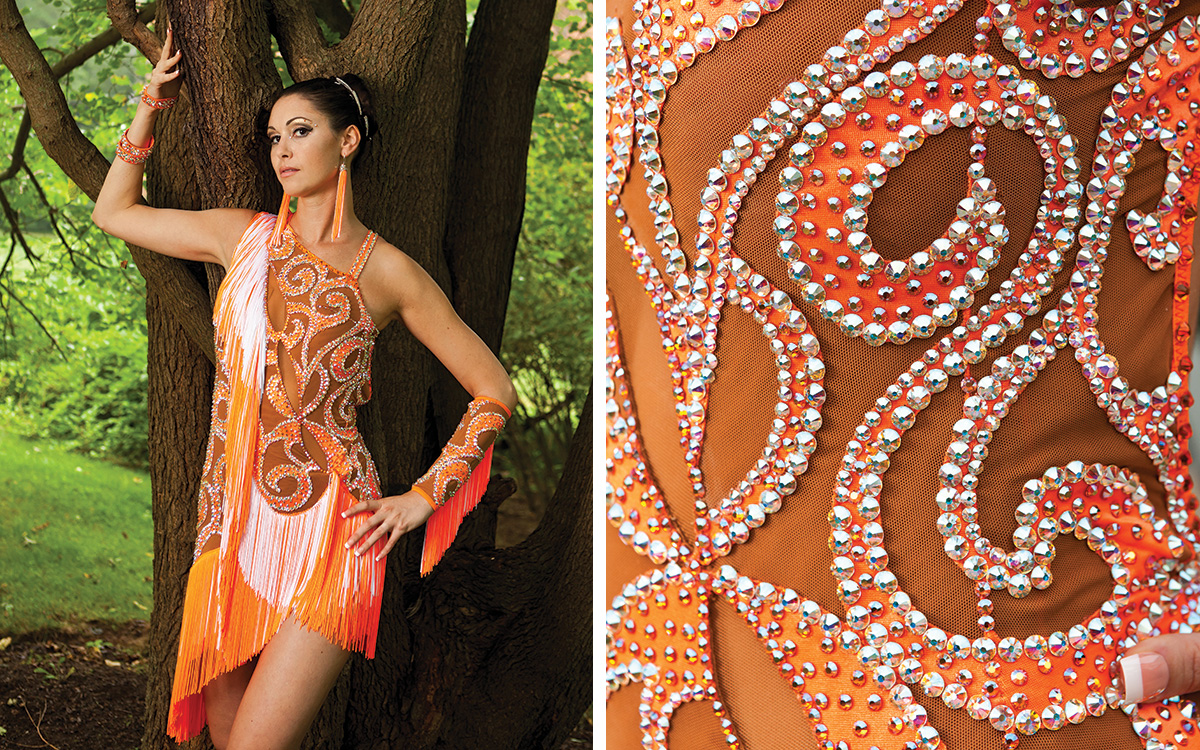
TH: What is your favorite fabric to design with?
EK: I enjoy using materials conducive to draping such as fluid dance crepe or angelskin [a lightweight spandex-blend knit] fabrics, with which I can manipulate the look and design. Fringe is fun to design with but a challenge to sew.
TH: What are dance events like?
EK: Dance competitions are very exciting, energizing, and stimulating—with continuous dancing at all levels, sparkling costumes, creative hair and makeup, and fun music of all genres… They are always held in a hotel.
I rent space with many other vendors for a two- to four-day period… This is the most direct way to interact with your customer base and for them to see and touch your designs as well as converse with you.
TH: Is there a dance style you most like to make costumes for?
EK: I enjoy the freedom of making styles for Latin dancing and American ballroom styles… I have also danced those styles as an amateur and professionally, so I tend to have endless ideas in those categories.
TH: What is the best part of designing for individual clients?
EK: Showing and allowing them to be a part of the process of creation is my favorite part of working with clients. I love when I get to see my dresses in action on the floor… Most customers express how comfortable my costumes are, and that validates how important it is to have a proper fi t. The best is when they win in their category with a costume I created for them. I feel like I made their dream come true so they can dance and feel their best.
TH: What advice would you give young designers looking to start their own business?
EK: Give yourself a good foundation of knowledge in your craft to be able to grow from and create your own techniques.
Erica Redfern is Threads’ assistant editor.


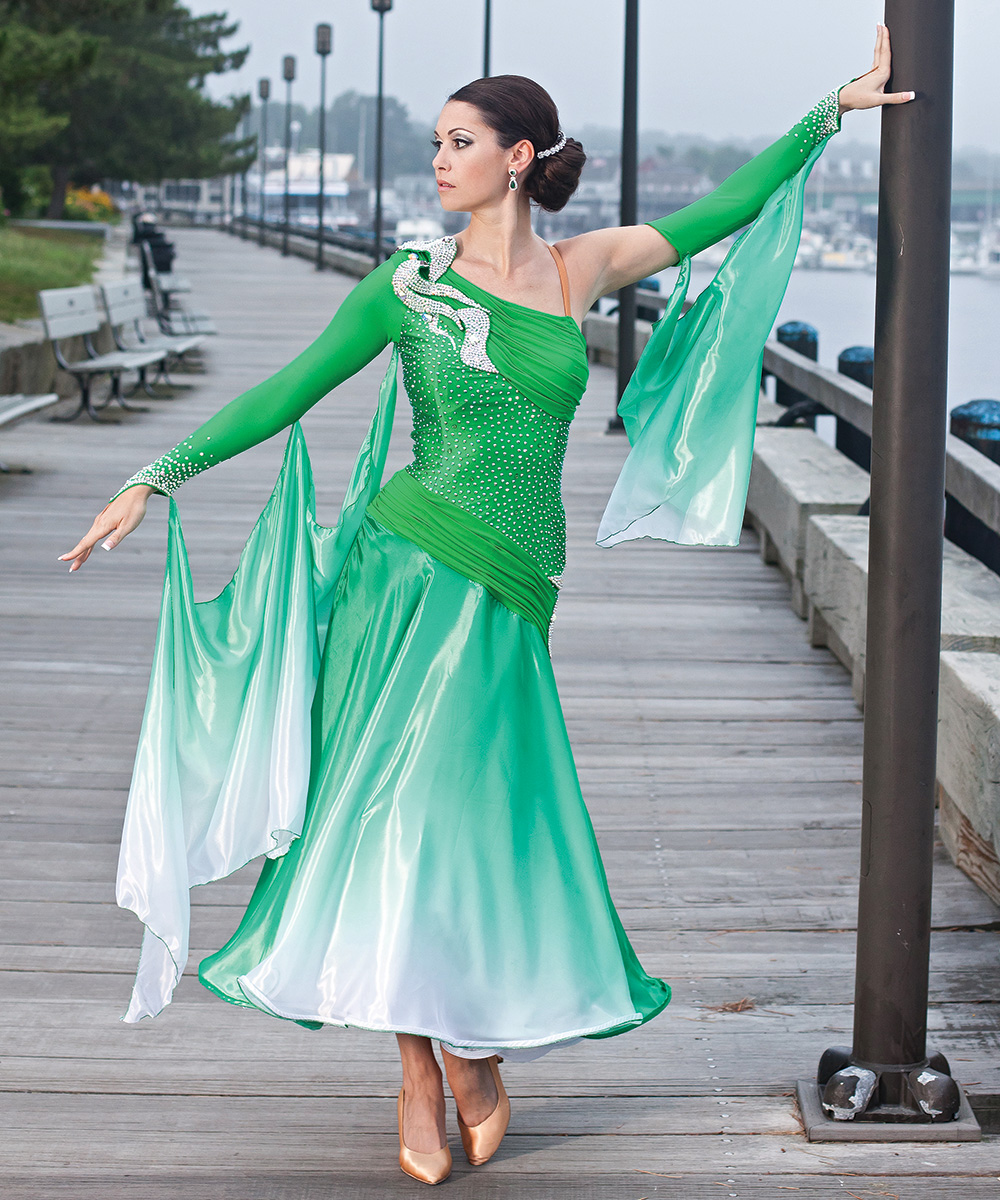




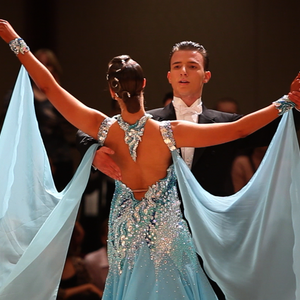






















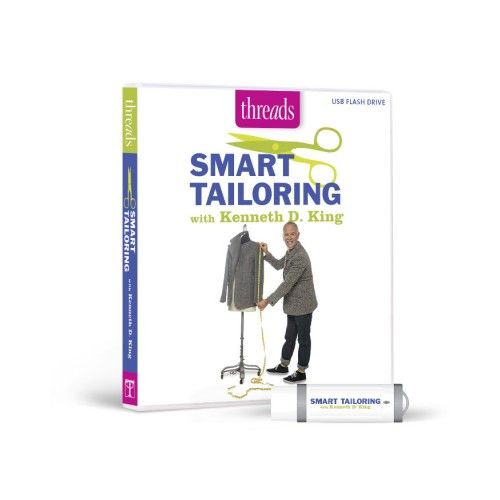
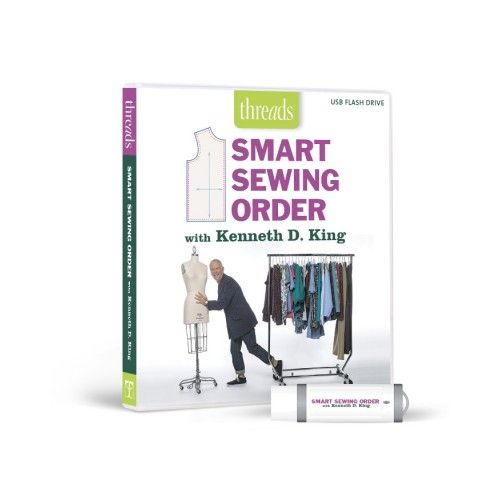

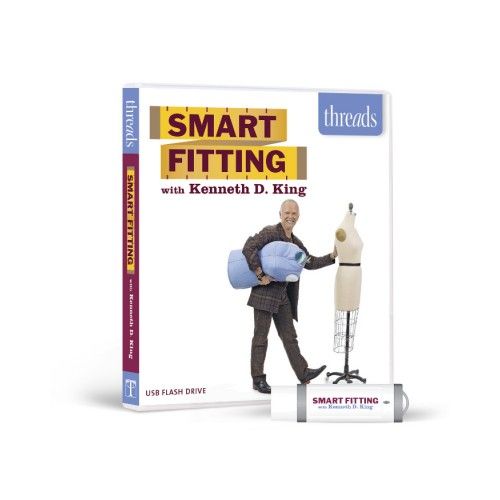



Log in or create an account to post a comment.
Sign up Log in